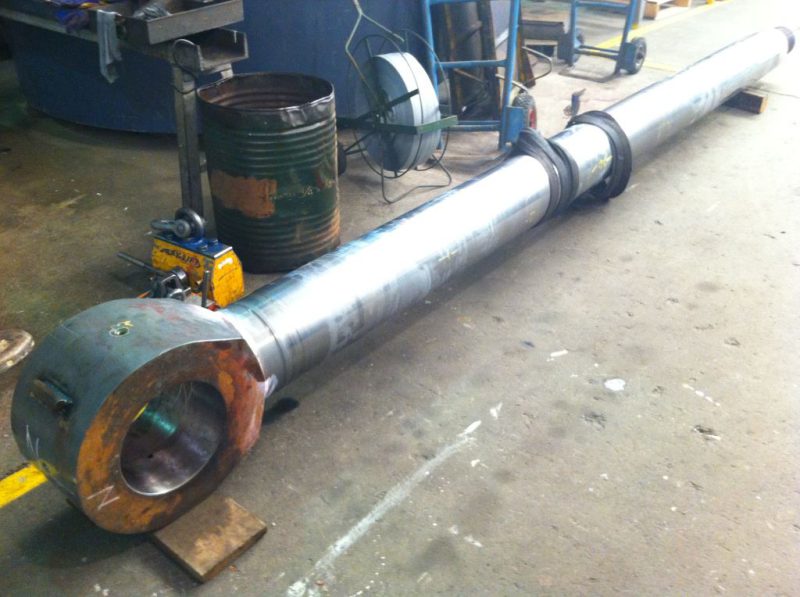
Hot and cold precision straightening improves grinding performance. Alpha Detroit Heat Treatment offers precise outcomes for Australian manufacturers.
Achieving exceptional grinding performance is essential in today’s advanced manufacturing sector, where efficiency, product quality, and reliability are paramount. Hot and cold precision straightening plays a crucial role in preparing components to the tightest tolerances, ensuring consistency and accuracy throughout subsequent manufacturing stages.
Know more about the definition of grinding at Berkness Company’s glossary.
Understanding Precision Straightening: Hot vs Cold Methods
Precision straightening is a crucial preparatory step in manufacturing processes, particularly when components are intended for high-accuracy grinding. Two primary techniques are utilised in the industry: hot and cold precision straightening.
Key differences between hot and cold straightening techniques include:
1. Temperature Application:
• Hot straightening involves the controlled application of heat to soften the material before it is straightened, which can relieve internal stresses and enable more significant shape correction.
• Cold straightening is performed at or near room temperature, typically relying on mechanical force to achieve straightness without altering the material’s metallurgical properties.
2. Material Suitability:
• Hot straightening is particularly advantageous for materials with higher hardness or for larger, more robust components where significant deformation or stress relief is required.
• Cold straightening is ideal for smaller parts or where the preservation of material properties is critical.
3. Applications in the Grinding Industry:
• Hot straightening is often used for heavy, complex, or previously heat-treated components that require substantial correction before precision grinding.
• Cold straightening is generally reserved for less severe corrections or for parts that demand precise dimensional control without thermal exposure.
Impact of Precision Straightening on Grinding Performance
The quality of precision straightening directly impacts grinding results. Straight components:
• Achieve a superior surface finish
• Meet tighter dimensional tolerances
• Reduce defects like warping, twisting, or uneven surfaces
By removing these irregularities before grinding, manufacturers benefit from uniform material removal, improved repeatability, and lower rejection rates, all contributing to efficient, cost-effective production.
Choosing the Right Straightening Method for Your Grinding Operation
Selecting the most suitable precision straightening technique for a specific grinding application requires careful consideration of several critical factors. The choice between hot and cold methods should be guided by the following:
• Material Type: Hardness, alloy composition, and sensitivity to thermal exposure influence whether hot or cold straightening is more appropriate.
• Final Tolerances Required: The level of dimensional accuracy and straightness needed for the grinding operation will often dictate the preferred straightening approach.
• Production Volume: High-volume production may benefit from the speed and repeatability of cold straightening, while bespoke or heavy-duty components might require the flexibility of hot straightening.
Alpha Detroit Heat Treatment—Your Partner in Precision Straightening
At Alpha Detroit Heat Treatment, we understand the vital importance of hot and cold precision straightening in achieving the highest standards of grinding performance. Our extensive expertise allows us to recommend the most appropriate process for your unique heat treatment requirements.
Trust Alpha Detroit Heat Treatment for all your hot and cold precision straightening needs and experience the difference that precision engineering makes.
Related Blog: A Quick Overview of the Precision Straightening Process
Optimized by: Netwizard SEO
